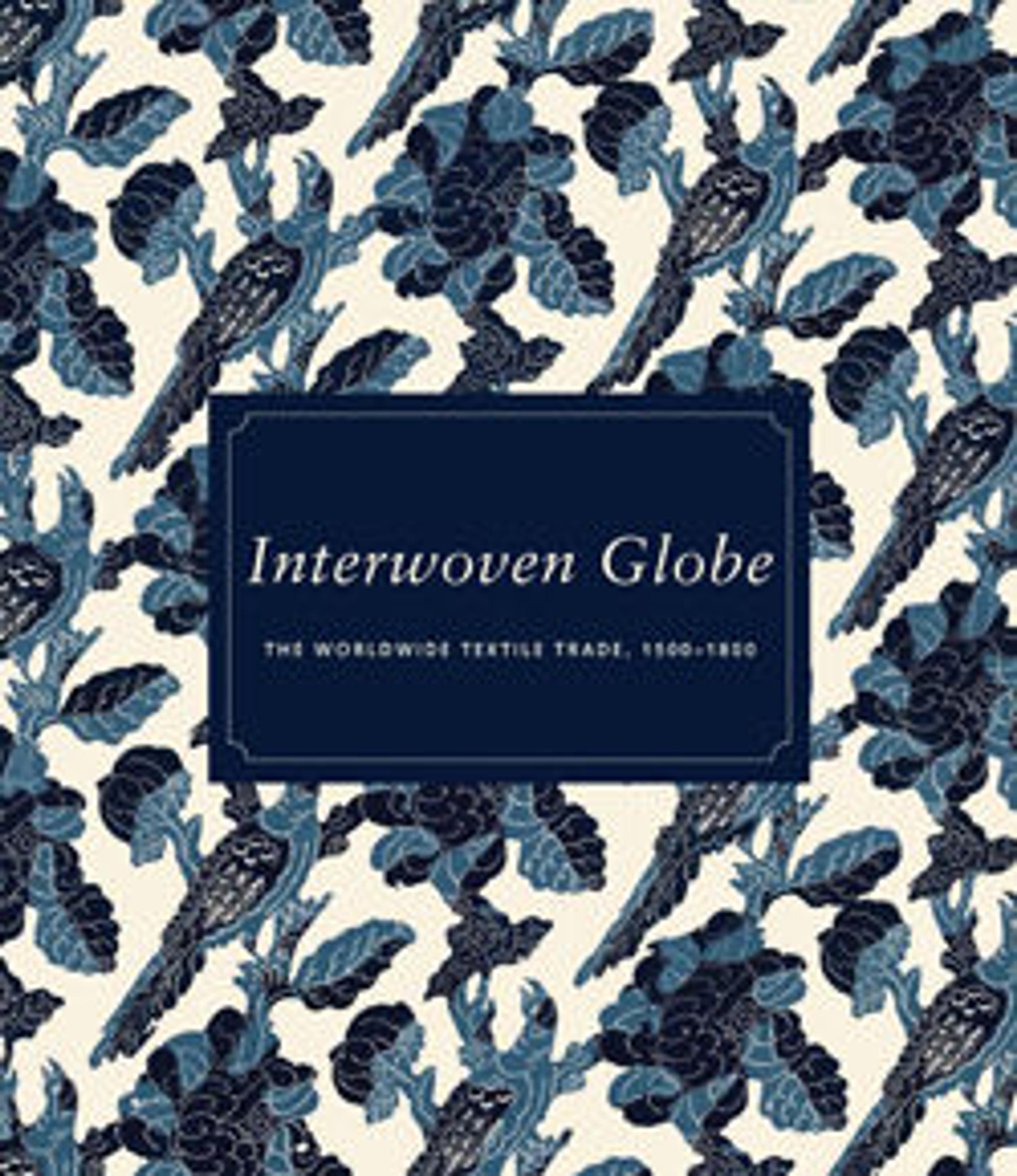Chasuble
This colorful chasuble– the tabard-like garment worn by a Roman Catholic priest– is composed of an older fabric, carefully cut, seamed, patched, and repurposed here. A figurative satin brocade, it is decorated with a repeat pattern of motifs from classical mythology: naked Hercules fights the Nemean lion, whilst Apollo, in glory, is seated in a grotto on mount Parnassus; around a dolphin-tailed fountain of life cavort unicorns, peacocks, leopards and turkeys, flanked by tulips, palm and cypress trees. Another fragment of textile brocaded with a very similar design is in The Met's collection (52.29.2). The central embroidered orphrey strips on front and reverse seem to have been created expressly for this garment, countering the pagan elements with Christian symbols, which nonetheless sympathetically pick up the brocade's palette and motifs from nature. On the front of the chasuble, the IHS monogram (standing for Jesus Christ) appears above a phoenix rising from ashes (alluding to Christ's resurrection), a red rose (symbol of his mother, the Virgin Mary), a mother pelican feeding her young with blood from her pierced breast (referring to the Christian belief that God sacrificed his son, Jesus, to save humankind), and a pomegranate (whose many seeds represented the souls redeemed by Christ's sacrifice). On the reverse, the crowned MA monogram (for the Virgin Mary) replaces IHS, while at the top of the orphrey is seated the crowned Lamb of God, carrying the banner of the resurrection. The inscription "Qui pascis inter lilia" ([Jesus] "who feeds amongst the lilies") comes from a medieval hymn, Jesu Corona Virginum, based on a fourth-century Latin text.
Artwork Details
- Title:Chasuble
- Date:ca. 1720 (figurative woven silk), ca. 1775 (embroidered orphrey), cut patched and reassembled ca. 1775
- Culture:Portuguese
- Medium:Silk satin, brocaded with chenille and silk; Orphrey: silk satin, embroidered with silk and metal-wrapped thread
- Dimensions:48 × 29 in. (121.9 × 73.7 cm)
- Classifications:Textiles-Woven, Textiles-Ecclesiastical
- Credit Line:Rogers Fund, 1942
- Object Number:42.97
- Curatorial Department: European Sculpture and Decorative Arts
More Artwork
Research Resources
The Met provides unparalleled resources for research and welcomes an international community of students and scholars. The Met's Open Access API is where creators and researchers can connect to the The Met collection. Open Access data and public domain images are available for unrestricted commercial and noncommercial use without permission or fee.
To request images under copyright and other restrictions, please use this Image Request form.
Feedback
We continue to research and examine historical and cultural context for objects in The Met collection. If you have comments or questions about this object record, please contact us using the form below. The Museum looks forward to receiving your comments.
